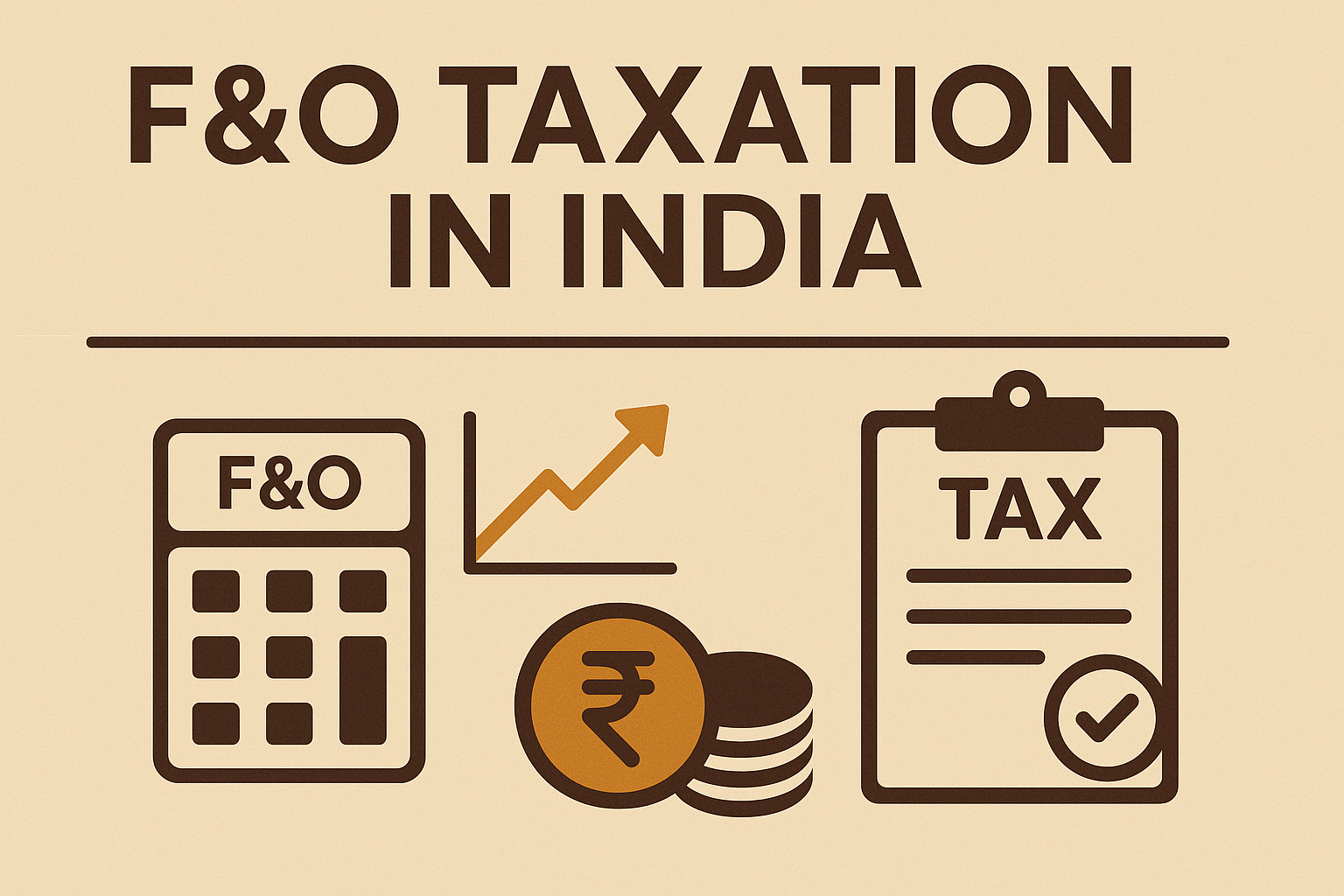In a significant move to curb black money and bring high-value luxury spending under the tax net, the Central Board of Direct Taxes (CBDT) has enforced a 1% Tax Collected at Source (TCS) on the sale of specified luxury goods priced above Rs 10 lakh. The new rule, effective April 22, 2025, applies to a range of items including wristwatches, handbags, sunglasses, paintings, yachts, home theatre systems, and even racehorses.
While experts largely support the intent behind the move—enhancing transparency and tracking high-value spending—they have raised concerns over the rule’s sudden implementation, system preparedness, and definitional ambiguities.
“Anonymity in High-End Retail Will Be Costly Now”
Expert, described the move as a strategic step toward combating tax evasion in luxury retail.
“Often, such purchases are made in cash or using third-party credentials to avoid income tracking. With the new rules effective April 22, 2025, such practices will be harder to sustain,” he said.
He pointed to a key deterrent—a steep 20% TCS rate if the buyer fails to furnish a Permanent Account Number (PAN).
This makes anonymity costly and pushes buyers toward compliant transactions. It will strengthen the audit trail and align lifestyle spending with declared incomes
He also urged sellers to act swiftly: “Retailers must integrate TCS into billing systems and ensure timely filings. This reform brings luxury retail under the tax radar with greater precision and enforceability.”“TCS Will Help Profile Discrepant Income-Spending Patterns”
According to Expert the CBDT’s intent is clear: curb black money and widen the tax base.
“Businesses selling luxury items costing over Rs 10 lakh are now required to collect 1% TCS from buyers. This amount is over and above the purchase value and can be claimed as credit while filing returns,” he explained.
However, he acknowledged increased compliance on both ends of the transaction.
This will help the tax department track luxury spending. If a buyer’s declared income doesn’t justify the expense, the system may classify them as high-risk, triggering further scrutiny
“It’s About Building a Transaction-Level Intelligence System”Expert, said the measure is primarily aimed at data-driven surveillance of high-end transactions.
The goal is to capture such transactions, identify buyers, and build a database for intelligence. Sellers and distributors must update their systems to collect and report TCS
He also clarified that TCS applies only if a single item exceeds Rs 10 lakh, and only sellers with a turnover of more than Rs 1 crore in the previous financial year are covered.
“Threshold May Be High, But Tax Queries Will Rise”
Experts, said the Rs 10 lakh threshold is significant and may not impact a wide consumer base initially.
However, the aim is to deepen the tax net. HNIs purchasing such items without declaring commensurate income may face inquiries
He added that though the provision was introduced in the Finance Act 2024, the list of notified goods was published only on April 22, 2025. “TCS at 1% will apply to the full sale value if any notified item crosses the Rs 10 lakh threshold.”
“E-Commerce Sellers Are Hit the Hardest”
Experts , raised concerns about operational and legal challenges, especially for digital platforms.
Businesses must update SOPs and IT systems for TCS compliance. E-commerce platforms, in particular, had no lead time to modify their websites or KYC processes
Hei also pointed out issues in interpretation. “The use of broad terms like ‘any art piece’ or ‘any sportswear and equipment’ may lead to litigation. Additionally, for goods sold earlier but paid for in instalments now, TCS applies on a receipt basis post-April 22—even if the installment itself is below Rs 10 lakh.”
“Luxury Sellers Face New Compliance Regime”
Expert, outlined the regulatory responsibilities now placed on luxury sellers.
With the CBDT notification, sellers must collect 1% TCS on goods such as wristwatches, sculptures, yachts, helicopters, and polo horses, among others
He added that sellers will now need to:
Collect PAN details
Deposit TCS by the 7th of the following month
File Form 27EQ on a quarterly basis
“This will significantly increase compliance obligations for high-end retailers,” He noted.
“Not a Tax Burden, But a Cash Flow Hit for Buyers”
Experts, emphasized that while the 1% TCS can be claimed during income tax filing, it impacts cash flow at the time of purchase.
It increases the upfront cost for buyers. For businesses, there’s now a duty to maintain KYC records, register with the IT department, and remit collected taxes on time
Failure to comply, expert warned, could result in penalties and tax scrutiny. “Businesses must quickly overhaul operational processes to ensure smooth compliance.”
What’s Covered Under the New Rule?
The 1% TCS applies to the sale of a single luxury item exceeding Rs 10 lakh, and the specified goods include:
- Wristwatches
- Art pieces (antiques, paintings, sculptures)
- Collectibles (coins, stamps)
- Yachts, boats, canoes, helicopters
- Sunglasses
- Handbags and purses
- High-end shoes
- Sportswear and equipment (e.g., golf kits, ski-wear)
- Home theatre systems
- Horses for racing or polo
Tax Net Widens as Lifestyle Spending Comes Under Scanner
Experts remarked that India’s luxury sector is now firmly under the tax microscope. While the 1% TCS may seem marginal, they agree its true power lies in enabling the government to match luxury consumption patterns with reported incomes and crack down on evasion.
But as compliance challenges mount and definitions remain fluid, both buyers and sellers will need to tread carefully in this new regime, experts concluded.
Visit www.cagurujiclasses.com for practical courses











